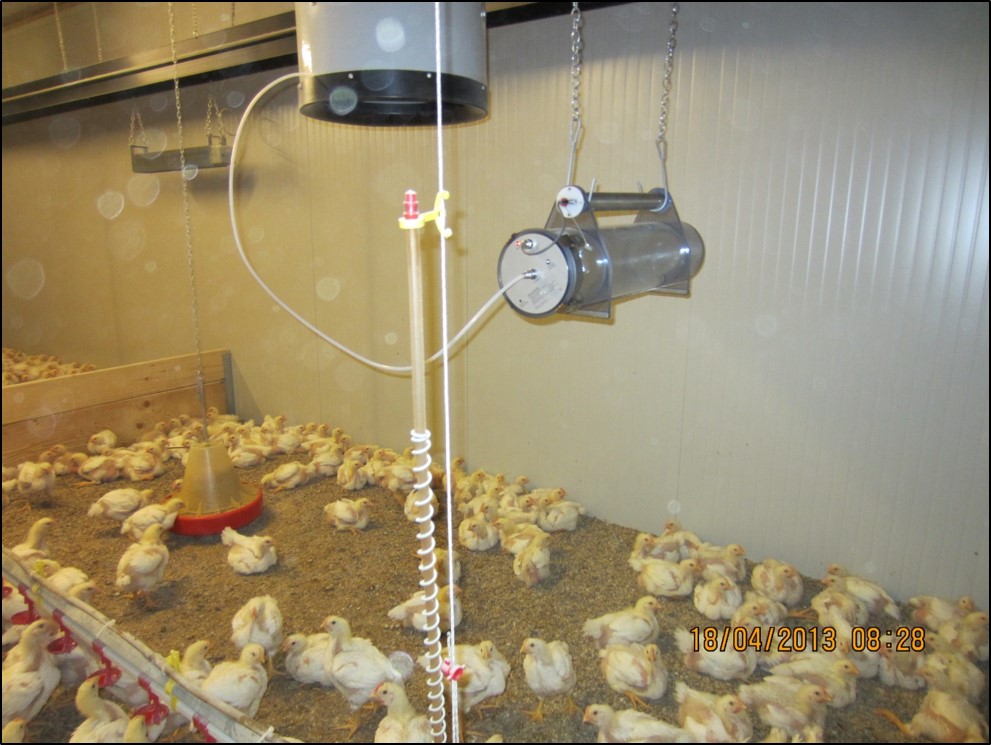The measurements are to be carried out on around 10 Styrian fattening farms with different ventilation systems (but otherwise the same test conditions), for which internal data is already available from previous projects.
Furthermore, connections between the sensor signals of the “electronic nose” and the olfactometrically determined odor concentrations are to be checked using a new computer program (Unscrambler).
For the prognostic calculation of odor emissions, precise knowledge of the odor emissions is necessary, the data basis for which from animal husbandry is still very inadequate. For this purpose, in addition to the exhaust air volume flow, the odor concentration of the exhaust air must be measured, from the product of which the odor emission is determined. Olfactometry is used as a standard method to determine the odor concentration. In contrast, new types of "electronic noses", the functional heart of which is a chemosensor array with several sensors, have a continuous mode of operation with at the same time fundamental objectivity of the sensors and relatively low operating costs. These therefore offer the possibility of displaying changes in odor release over time.







